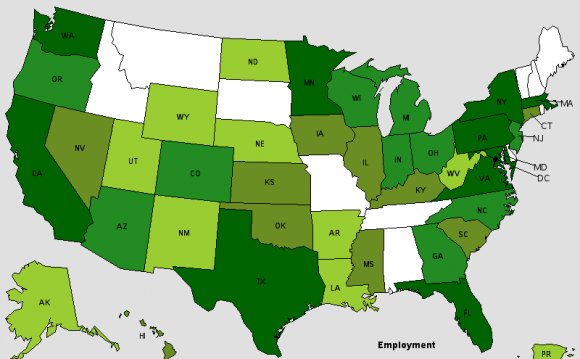

They submit these recommendations, along with maps, photographs, reports, and sketches of what the areas should look like. With all these things in mind, landscape architects make recommendations on the proper use of land. They chart the placement of utility lines. They find out the value of the property and how much traffic crosses the land. They check such details as the makeup of the soil and its exposure to the sun and wind. These surveys show the height of the land at various points on the site. They make maps of the area and chart the positions of existing buildings and trees. Then the landscape architects visit the sites. Landscape architects begin their job by talking with their clients about what is to be done. Landscape architects may supervise trainees and drafters. These specialists might include engineers, nursery managers, and zoning experts. Landscape architects often work with other specialists on a project. (© Martha Tabor/Working Images Photographs. Landscape architects use natural elements, such as land, trees, and shrubs, to create attractive settings for homes, buildings, highways, and parks. Some landscape architects work for engineering These landscape architects plan landscaping for highways, parks, and public buildings. Others are employed by local and federal governments. Some work for private architectural firms or businesses that provide landscaping services. More than 26 percent of landscape architects are self-employed, according to the U.S. There is a great deal of diversity in their profession.

They work on highways and freeways as well. They might design an attractive surrounding for a factory. Some landscape architects work on industrial projects. For example, landscape architects might be asked to design a pond on a private estate. Landscape architects work on small residential projects as well as large public ones.


 0 kommentar(er)
0 kommentar(er)
